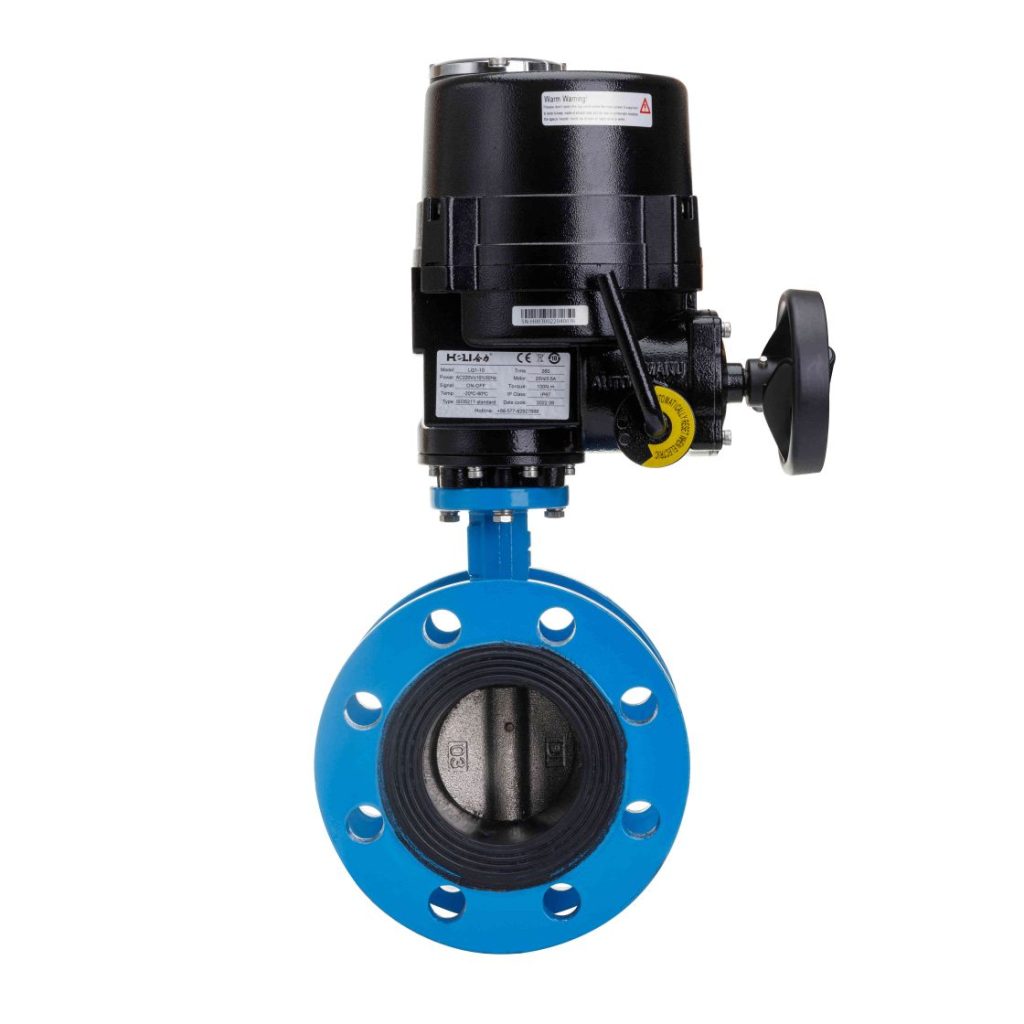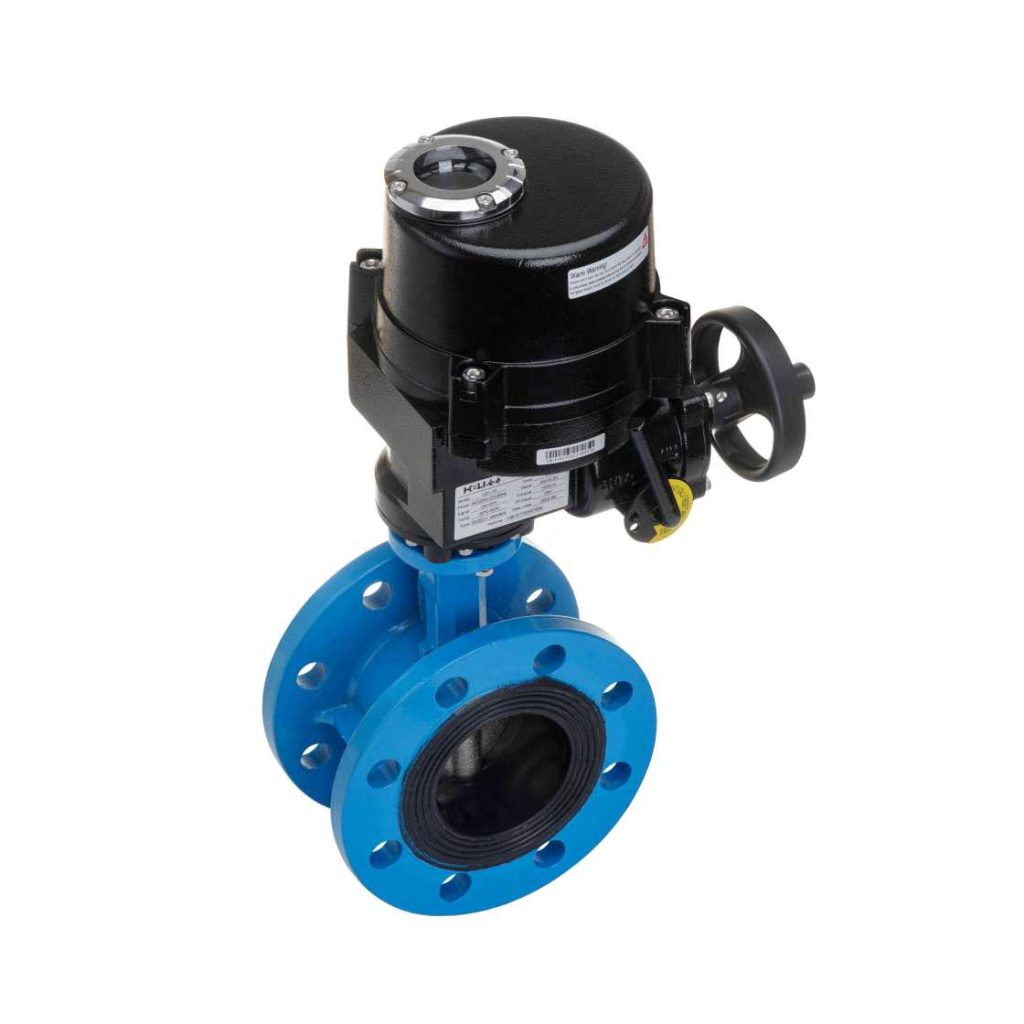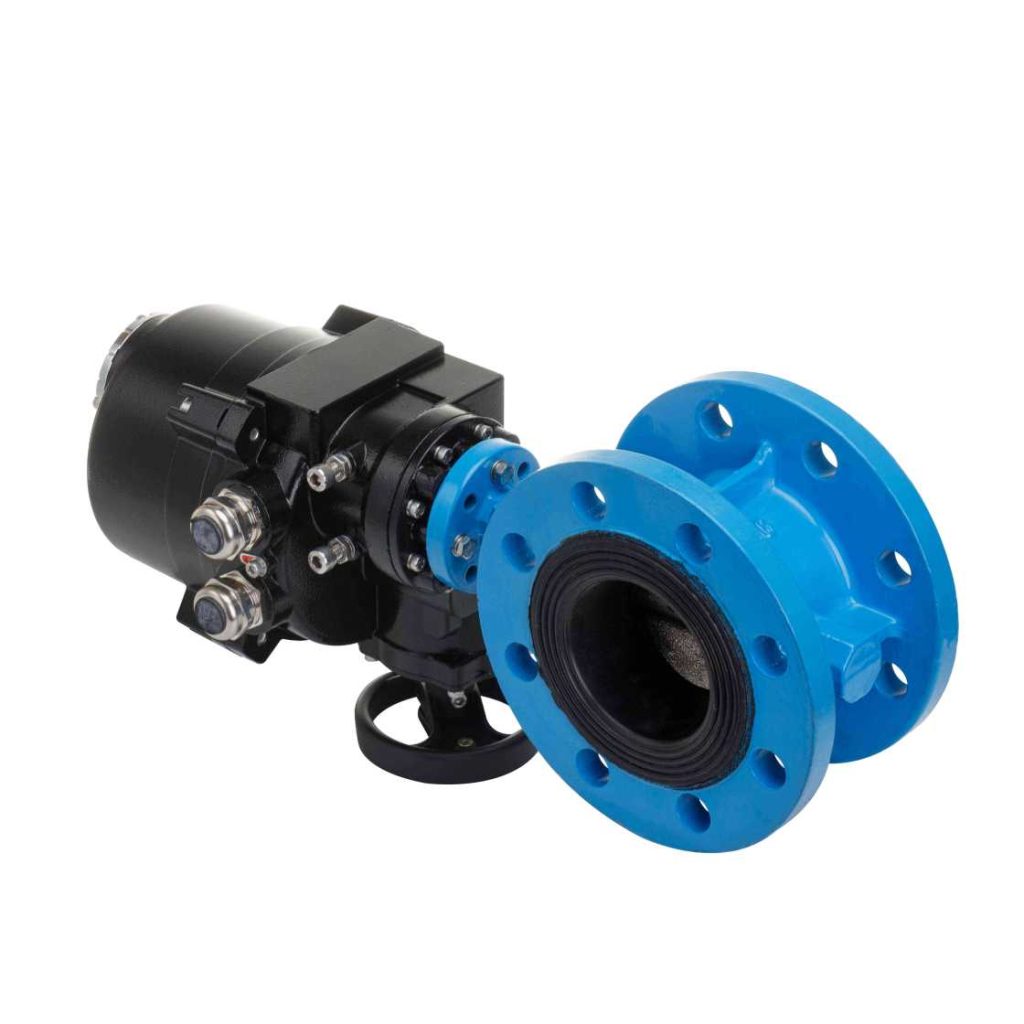Electric flanged butterfly valves are an essential component in modern fluid control systems, widely used in industries ranging from water treatment to petrochemical plants. These valves are designed to regulate the flow of fluids with precision, ease, and efficiency, offering both automated control and remote operation. The integration of electric actuators into the traditional butterfly valve design provides numerous benefits, including faster response times, reduced operational costs, and improved system automation.

Basic Structure and Functionality

An electric flanged butterfly valve consists of three main components: the valve body, the butterfly disc (or plate), and the electric actuator. The valve body is typically made from durable materials such as stainless steel, cast iron, or other alloys, depending on the application’s requirements. It is designed with flanged connections to allow for easy installation within a pipeline system.
The butterfly disc is the heart of the valve, and its primary function is to regulate the flow of fluid through the pipeline. The disc is mounted on a central shaft, and it rotates to either block or allow the flow of fluids. The electric actuator is responsible for driving this rotation, receiving signals from a control system to adjust the valve’s position based on the required flow rate or on/off status.
